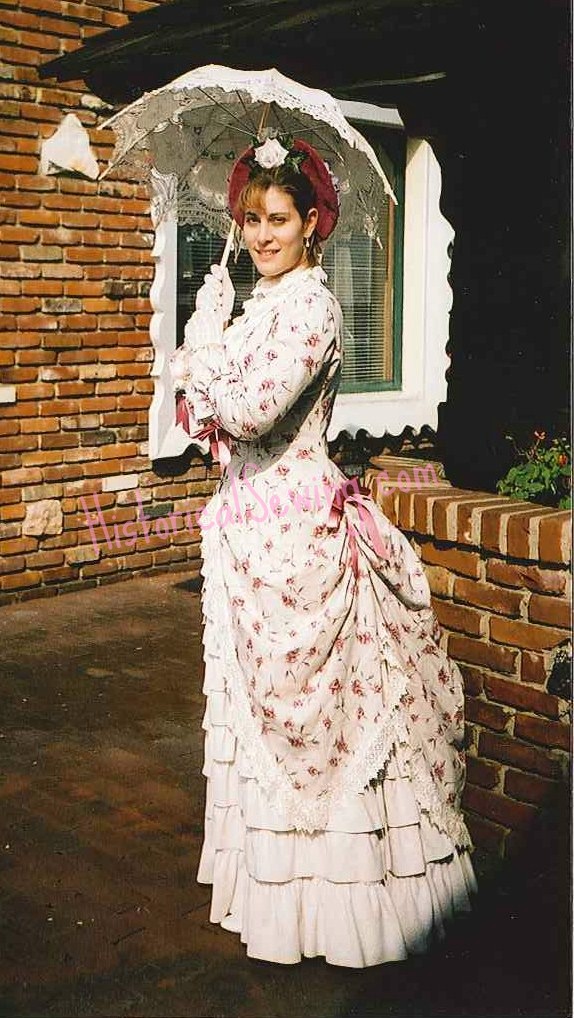No, I’m not actually talking about dying or death (although so much of it happened in the early years of this decade because of the American Civil War). I’m also not discussing how a costume project nearly “kills you” in its journey to completion. (ha!) Flatlining in the dressmaking or costuming sense is the technique Read More...
Tag: Underlining
Conquering Velvet: 24 Tips to Ease Your Fears of Working With This Majestic Textile
Oh the beauty of luxurious, silky smooth velvet! Oh the headache of trying to make something with it! Most costumers I’ve run into have fallen in love with at least one garment made from velvet. It’s so beautiful. One of my favorites is the burgundy cut velvet one from the Kyoto Costume Institute. Read More...
Fabric Choices for 19th C. Costumes – Part 3 – Cotton
Do you have a type of fabric that just calls to you? You know, the type that even though you’re looking for something completely different in the fabric store you just can’t help walking over to it and reveling in its deliciousness. Yeah, me too. It’s called cotton. Read More...
Fabric Choices for 19th C. Costumes – Part 2 – Wool
“You’ve made a wool Civil War dress?… For events in Southern California?” I was chatting with a good friend about her new dark gray bodice & skirt with lime silk trimming. I thought she was nuts for making such a thing. I mean, it didn’t get *that* cold at reenacting events here. But then she Read More...
Fabric Choices for 19th C. Costumes – Part 1 – Linen
I think linen is lovely even though I don’t use it much. I’ve had to almost force myself to sew with it. But why? My very first truly historical costume (not counting that blue velvet Italian Renaissance gown or any other Halloween stuff) was an 1880 polonaise courtesy of Past Patterns. You know the pattern. Read More...
The Modern 3-in-1 Historical Garment
My husband has one of those HUGE coats with a lining that zips out. It’s a 3-in-1 where you can wear it 1) complete with outer part and lining, 2) just the outer part, or 3) just the thinner lining part. He loves it too. Well, I said: What a perfectly modern idea for historical Read More...



